It’s a Monday morning, and it’s pouring rain as I run through the front door of Odd Duck in Austin, Texas. Inside a quiet intensity reigns. Ben Harper sends out chill vibes over the stereo while the staff moves in relaxed, but efficient motions. The rain streams down the restaurant’s modern glass walls, but the space inside feels rustic and personal, like a home. Bryce Gilmore’s home, in fact. Every detail of Odd Duck is an extension of the head chef’s personality, which is rooted deep in Austin’s soil. No two chairs, or thrift store plates, are alike. Pictures from his childhood line the horseshoe bar, each reclaimed wooden board painted a different color. Every dish uniquely odd, every decoration uniquely Austin.
I ask for the chef and his staff kindly directs me to the back of the kitchen where Bryce is slicing smoked tomatoes, soon to be the inspiration for some new dish, no doubt. We introduce ourselves, his demeanor cool and relaxed. He asks if he can finish prep for the day’s service before we sit down for an interview. This gives me a chance to snap a few photos, hyper-aware of my intrusion in the kitchen. When the restaurant opens orders come in at an overwhelming rate, and each cook does their part to ensure their own readiness for service. And even though he’s a two-time James Beard Award finalist and head chef of two successful restaurants in Austin, Bryce Gilmore is no exception.
The dishes served at Odd Duck are true to Gilmore’s cooking philosophy: highlight ingredients indigenous to Central Texas and finish with a char, either from the grill or the wood-fired oven. It’s a simple formula with an anything-but-simple execution. Quail-fried half of quail, Andouille sausage & cornmeal pancake with a coffee mayonnaise, and black olive pasta with braised goat (one of Gilmore’s favorite local ingredients) are just a few of Odd Duck’s stellar offerings. When Bryce finishes, we grab a table in the corner of the room and sit down to chat.
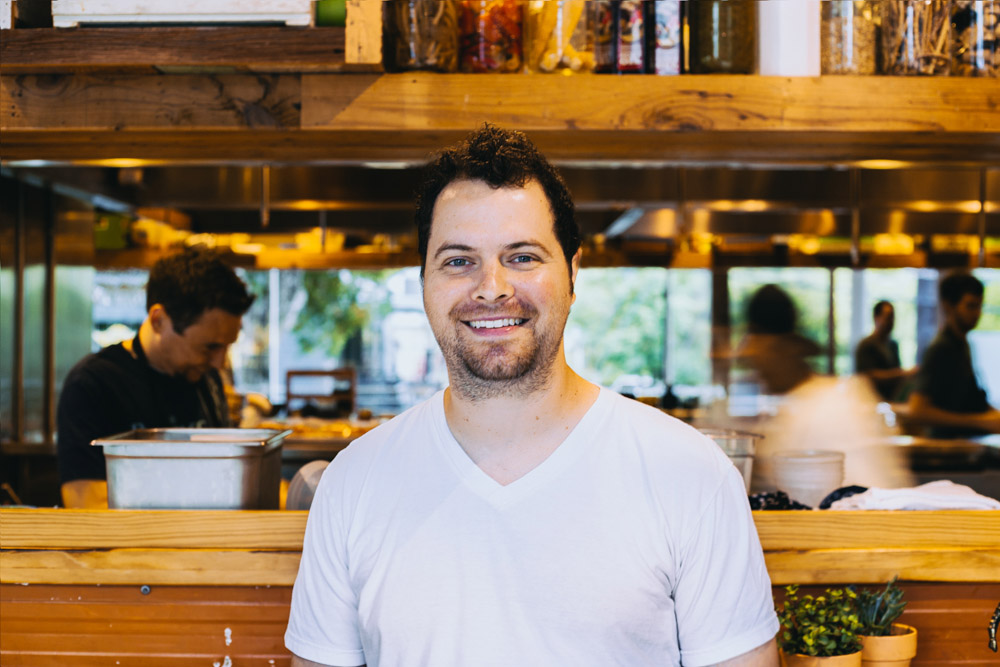
Your food reflects such a sense of heritage and family. As the son of a successful Austin chef, what was your personal experience with food as a kid and how did that shape the food you make today?
Growing up, food didn’t really grab my attention. I have a lot of memories of walking into my dad’s kitchen and hanging out, thinking how cool it was [to see him cook]. But for the most part, I didn’t see my dad at home for a good amount of my childhood. He definitely made an effort to be in our lives, but I didn’t know at the time how hard it was to be a chef and how many hours you had to dedicate to the restaurant. When I was 14 or 15, I started working as a busboy in the summers. The more I was exposed to the kitchen side of the restaurant business, the more I was around food, and the more I enjoyed it.
I wouldn’t necessarily label your food as “comfort food,” but maybe because I’m also from Austin, your food feels comforting to me. Home-y, in a way. How would you describe it?
That’s what I want. What I like about the restaurant is we can create a space that has that home-y vibe to it. We’re inviting people into our house. I worked in mostly French and Italian influenced restaurants when I was getting into cooking. Most of my cooking career has been in that style, in addition to Californian cuisine, which has an emphasis on farm-sourced ingredients. It’s fun to have the old-school cooking foundation, and apply that to a culture like Austin’s. When I opened [my first restaurant], Barley Swine, I reverted to the foods I grew up on.


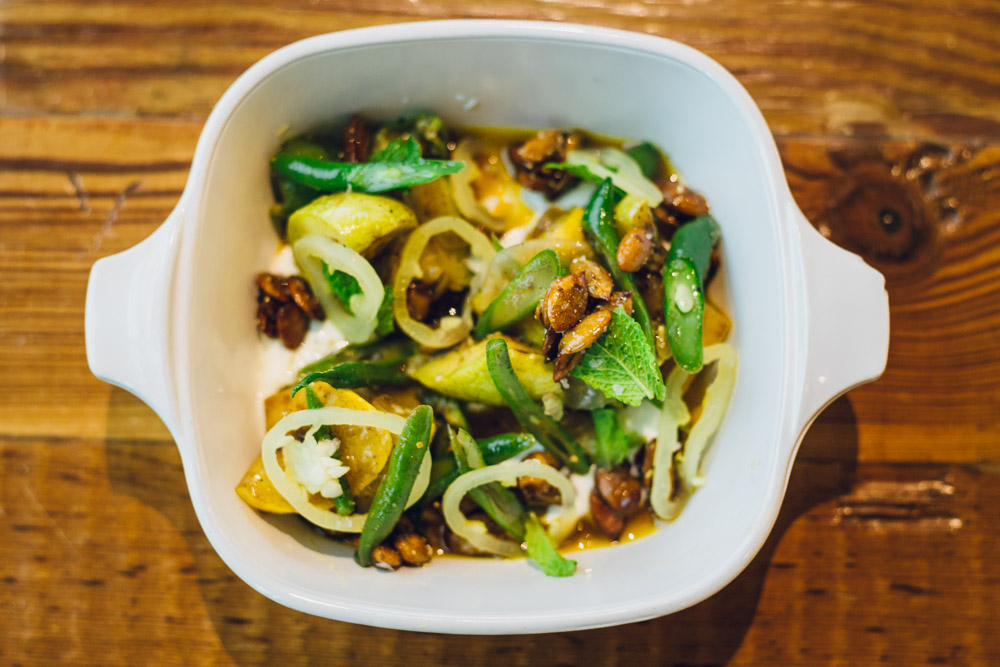
Do you think that cooking from such a personal place has set you apart from other chefs that maybe tend to follow trends?
I don’t know. I think it’s important to have your own style. Your food should feel like you. There’s history in there. I feel really good about where I’m at as a chef, but it took awhile to get there. Also as chefs we go through phases, so some chefs might find their style but then go through an Asian influence because they took a trip to Asia. But I like to have some representation of where I grew up. I also think it’s important to showcase the ingredients we have in this area. It feels good and it’s who I am.
More and more restaurants in Central Texas seem to be making an effort to source their ingredients locally. Have those sources, those farms, always been around or has that just become more popular?
A lot of them have. But it’s definitely supply and demand. A lot of the same farmers have been around for a long time, but as the farmer markets have grown so have they. And new ones are popping up too. That’s always fun to see, the growth of farmers in this area. A lot of young people are getting into it and shopping at the markets. It’s great to see that people care where their food comes from.
I’ve always found the kitchen staff dynamic so interesting. What do you feel like your leadership style in the kitchen is?
I’ve always been a believer in leading by example. I want to create a comfortable environment for people to work in, but that’s not always easy in a commercial kitchen. We like to have fun, but at the same time we have job to do. The food is the priority. Our customers are here to eat the food, and we want to make sure they’re happy. But I really believe a happy staff translates into the dining room. I’m always trying to balance how do we keep the customers happy and how do we keep the staff happy. I grew up with a father who was very hardcore in the kitchen, yelled a lot and made people cry, that sort of thing. And I’ve definitely worked for a lot of chefs that had that style. It’s how they grew up and how they learned to run a kitchen.
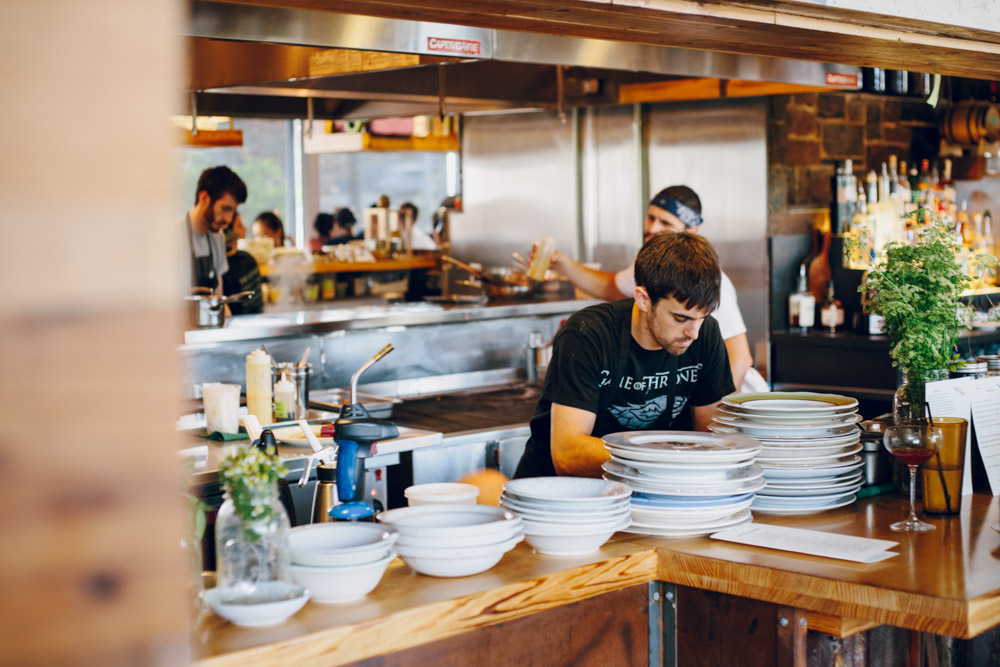
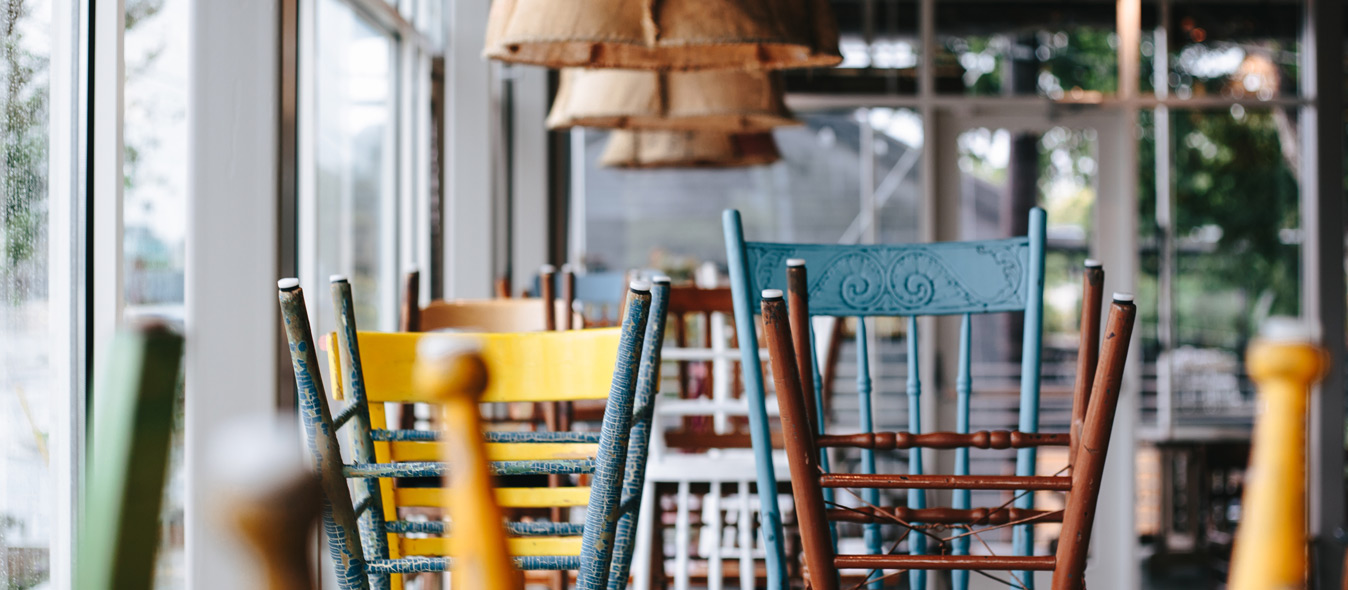
Your first Austin restaurant venture was the Odd Duck food trailer. How was the transition from trailer to brick-and-mortar and what influenced that decision?
I think as a cook we all reach a point in our career where we have to make the hard decision of whether we want to keep working for other people and keep learning, or go off on our own and have control over what we do. When I was 26, that’s how I felt. I was ready and hungry to do my own thing. A trailer was really the only feasible option. I borrowed money, I maxed out my credit cards, and spent 3 months fixing up a trailer. I knew the food side would come easy. I knew I had the ability to create pretty great food, and the main thing I wanted to do was highlight the farmers. I saw how the markets were growing. There were only a few other restaurants that were focusing on the local farmers at the time, which is funny because it’s how restaurants operated a hundred years ago. It’s not a crazy concept—it should be the normal concept. But as a business, it’s hard to make money on. I knew I could create a year-round menu off of what was growing in Central Texas. We wanted to make the wood grill the star of the trailer. It makes my job easier to buy food from kick-ass farmers and cook them on a wood grill. I don’t think I was a genius.
And then you opened Barley Swine. What was that experience like?
I knew that someday it would happen if I kept working hard. I didn’t think it would happen as quickly as it did, but about 8 months after the trailer was opened, we signed a lease for Barley Swine. The first couple years of Barley Swine was figuring out what my style was going to be, and what direction I wanted to go in as a chef. The customers were our guinea pigs, and there was a lot experimentation going on. We’re in a good place now, with a creative staff. I always wanted a place where I could get input from other cooks. The foundation is the ingredients and, other than that, I just want to have fun trying new techniques and new flavor combinations.
Is there a difference philosophically between Odd Duck and Barley Swine?
Philosophically it’s the same. We’ve separated the two restaurants. Odd Duck is bigger, has to feed more people, so the food has to be a little simpler, which is what the trailer was. I also wanted this place to feel casual, to have reclaimed wood and local materials. I love the idea of using thrift store plates. You have no idea who use to eat on them. It’s a fun idea. I also don’t want to be too particular about how foods are plated. I’ve learned it will drive me crazy if I care too much about plating every little detail. I can do that at Barley Swine, but I can’t do that here. We just make it look good, and make sure it tastes good.

Odd Duck feels like your home. How was the design process of this restaurant?
We had a glass box to work with. So it was challenging to make the space homey. We had two posts in the middle to work with, and we knew we wanted to have a wood oven, so we were challenged to fit that in here. I’ve always enjoyed architecture and design since I was a kid, so when I saw the space, I wanted to build a horseshoe bar. And it makes the wood fire oven the first thing you see when you walk in the door, which is cool. I am a little selfish when I conceptualize things, because I always love to sit a bar when I’m in a nice restaurant. I prefer that experience. But not everyone does. I also love communal tables, but a lot of people dislike being sat there, so we might have to change that.

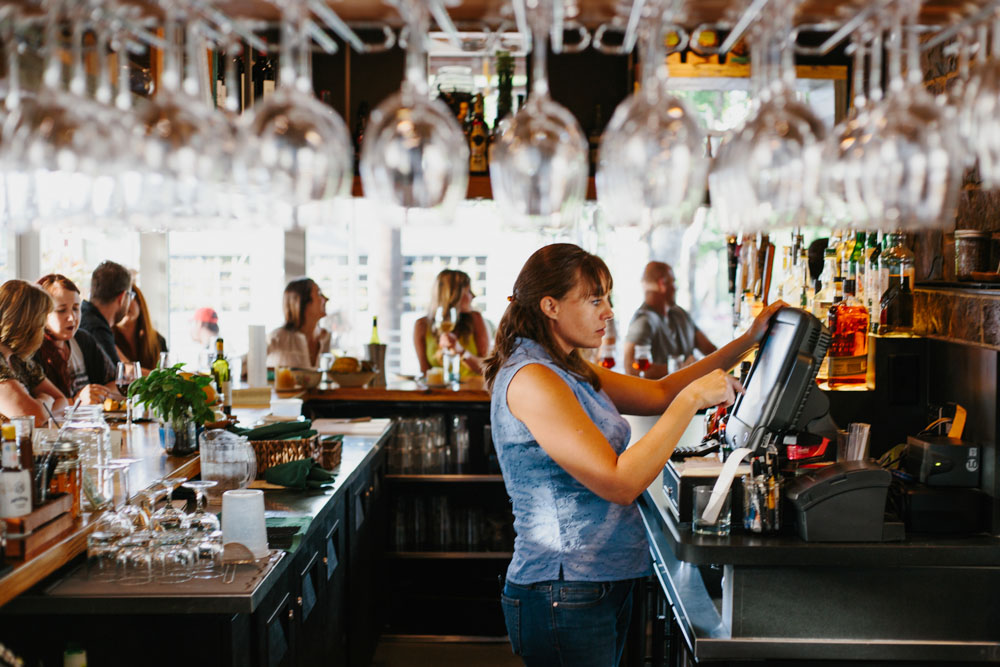
What is next for the Austin culinary scene?
I think we’ll start seeing more restaurateurs moving down here to open restaurants, and a lot of chefs that have been in Austin for a long time start stepping up. I would love to see that. You can’t get away with everything here in Austin, but we try to push the envelope a little bit. And for the most part people have been pretty receptive and that’s great to see.
What have the Beard nominations meant to you and how has that affected the restaurant?
It’s great to be recognized for what you do. Just to be nominated is certainly an honor, and hopefully one day I’ll walk away with one. More than anything though, it’s an affirmation of what we do everyday. We’ve got a lot of creative people working here, and it would be nice to get the award for them. It takes a team. Everyone is really passionate and works really hard. It’s not just about me.
—
If you’re one of the dozens of new people moving to Austin each day, Odd Duck should be one of the first stops on your list. Not only because the food is exceptional, but because the food that Gilmore cooks and the space that he’s inviting his customers into is a representation of himself, his experiences, and his city. To taste his food is to get a taste of Austin itself.
Odd Duck
1201 S Lamar Boulevard
Austin, TX 78704

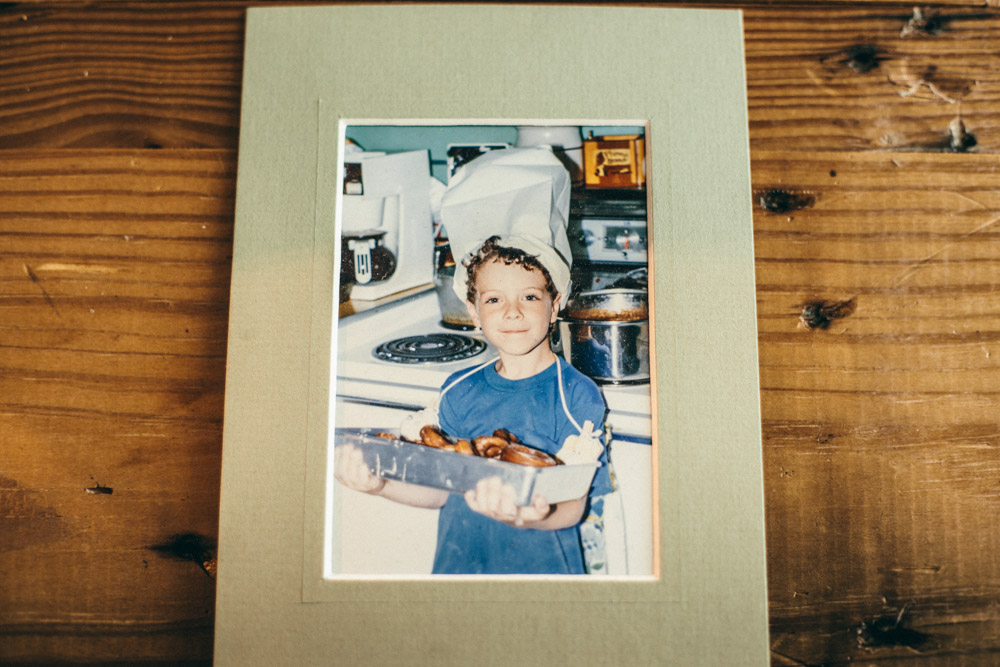






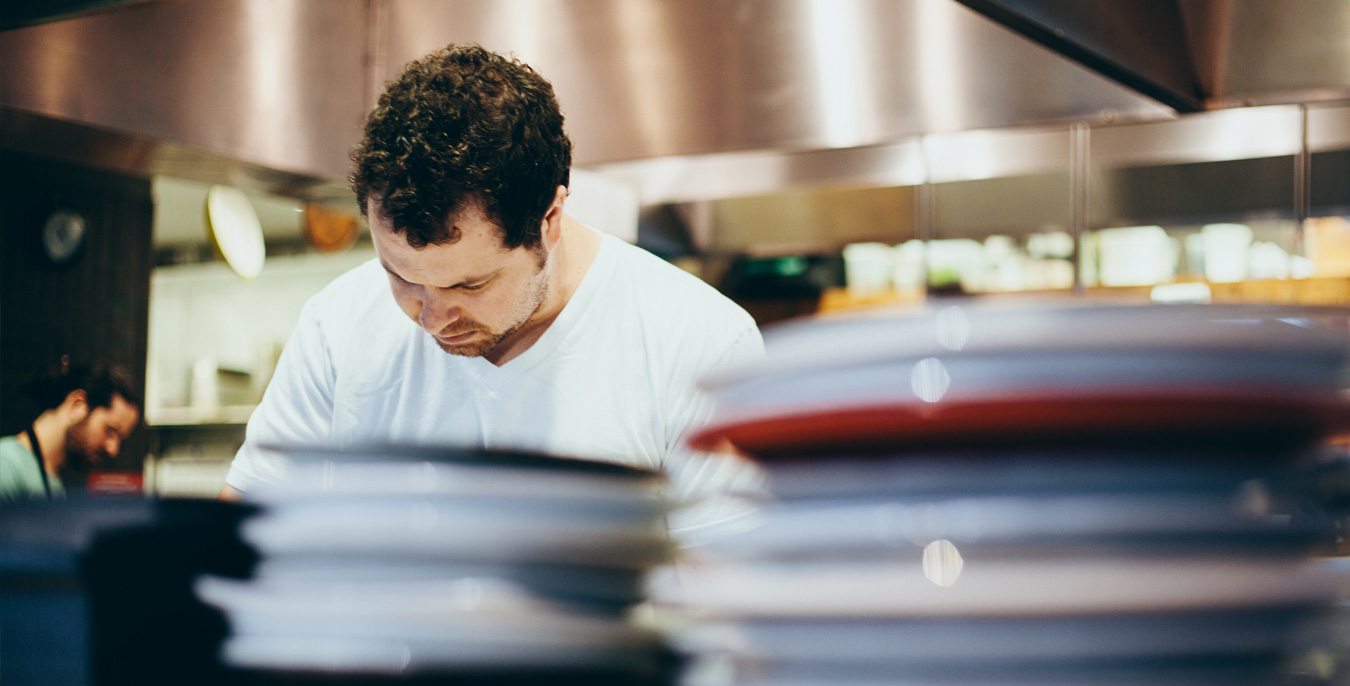

Our comments section is for members only.
Join today to gain exclusive access.